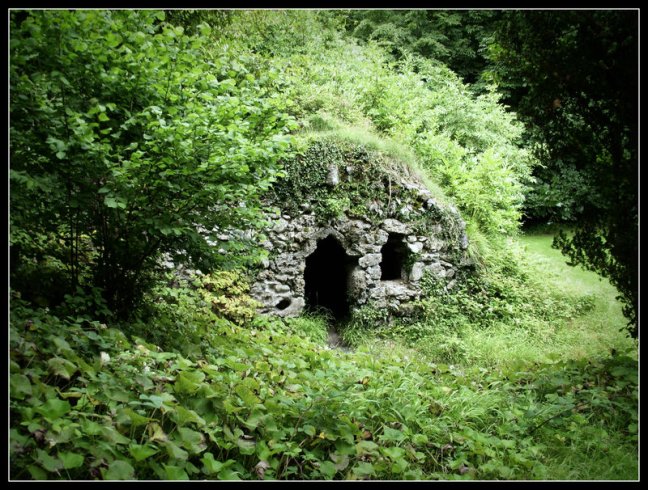Are you haunted by the prospect of social interaction? Does the very thought of navigating supermarket aisles fill you with exhaustion? Are you repelled by the idea of head-banging to riotous music in a dark and sweaty stadium? In the cacophonous hustle and bustle of the 21st century, it’s no wonder many folks shun the maelstrom of modernity and head off into the wilderness for a little peace and quiet. Whether you are considering a life of prayer and penitence, or merely seeking haven from the incessant demands of social media, the eremitic life is for you.
A hermit is a person who lives in seclusion from society. Would-be hermits (including myself) are a minority amid the sassy, gregarious crowds of modern society. The eremitic life is excellent for achieving inner peace, insight, spiritual guidance and renewed creativity. Indeed, the value of solitude is evident in all realms of life; Darwin escaped to the woods for hours and emphatically refused dinner party invitations, while Theodor Geisel (Dr Seuss) conjured up his fantastical creations in a lonely bell tower office, too afraid to meet the young children who read his books. Jesus, Buddha, Mohammed and Moses all experienced profound epiphanies in the wilderness, alone.
In considering the eremitic lifestyle, you should first study your personal reason for seeking solitude, from religious motivations to a desire for renewed creativity and spirituality. Secondly, you need to establish the degree of your solitude; will you burrow beneath a fort of blankets and pillows in your room or move to a cabin in the woods? Next, you should simplify your life: hurl that cellphone out the window, deactivate your Facebook account, twitter your goodbyes and throw your laptop in the washing machine. Stocking up on various necessities is preferable to suffering small talk in the supermarket, and unless you work from home, a considerable amount of money is required to sustain the eremitic lifestyle. Short of escaping to the legendary cave in the wilderness, taxes, student loans, electricity and water bills are inescapable.
Next, make sure your environment is as sustainable as possible; plant a garden, build an outhouse and invest in a bicycle. Now that you’re unlikely to be distracted by Facebook or the squalling cries of TV advertising, you will have plenty of time to develop new skills, so pick up a paintbrush, learn a foreign language, juggle or bake cupcakes. In all seriousness, learn to love yourself; you will have to get used to your own company from now on. Be wary of loneliness and if melancholy descends, don’t hesitate to reach out to like-minded people.
After reading this, you probably think that I’m a weird loner who insists on surviving in the wilderness on locusts, honey and God’s grace. I swear I’m not. I am however a self-professed introvert who prefers the company of a good book to most people. Even if you cannot bring yourself to commit to a fully-fledged eremitic life, retreating occasionally from the responsibilities and entanglements of the world is very calming. So in the tradition of Obi-Wan Kenobi, John the Baptist and Noah John Rondeau, escape from society every so often and learn the benefits of being a hermit.
Image source: http://img13.deviantart.net/c1c6/i/2010/323/7/0/hermit__s_house_by_differen_and_proud-d23afli.jpg








